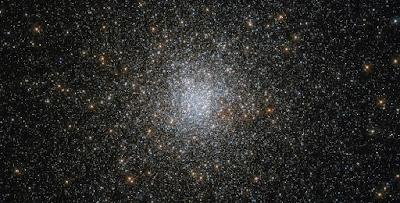The deep space pictures, capctured by Huble telescope, which is situated in space by NASA.
These "celestial fireworks" are actually the Antennae Galaxies, one of the nearest and youngest examples of a pair of colliding galaxies.
This rich & dense smattering of stars is a massive globular cluster, a gravitationally bound collection of stars that orbits the Milky Way. Studies have shown that this globular cluster, named NGC6139, is home to an aging population of stars:
These interacting galaxies in Arp 274 take their relationship to an intergalactic level! The entire system resides about 400 million light-years away from Earth in the constellation Virgo.
Some of the deep space pictures.
These "celestial fireworks" are actually the Antennae Galaxies, one of the nearest and youngest examples of a pair of colliding galaxies.
These interacting galaxies in Arp 274 take their relationship to an intergalactic level! The entire system resides about 400 million light-years away from Earth in the constellation Virgo.
Some of the deep space pictures.








Comments
Post a Comment